The Fundamentals of Oven Baked Salmon
Baked salmon is absolutely delicious. I grew up on the West Coast where it was a staple! I put it on everything from salads and eggs to in seafood chowders and tacos. There's nothing savory that can't be elevated with a perfectly baked salmon.
For years, I was always hesitant about making salmon, though. Really, any seafood. That's because it isn't an exact science! It's not about exact measurements and cooking times. Rather, it's more about lightly seasoning and waiting for it to flake.
But what does that mean?
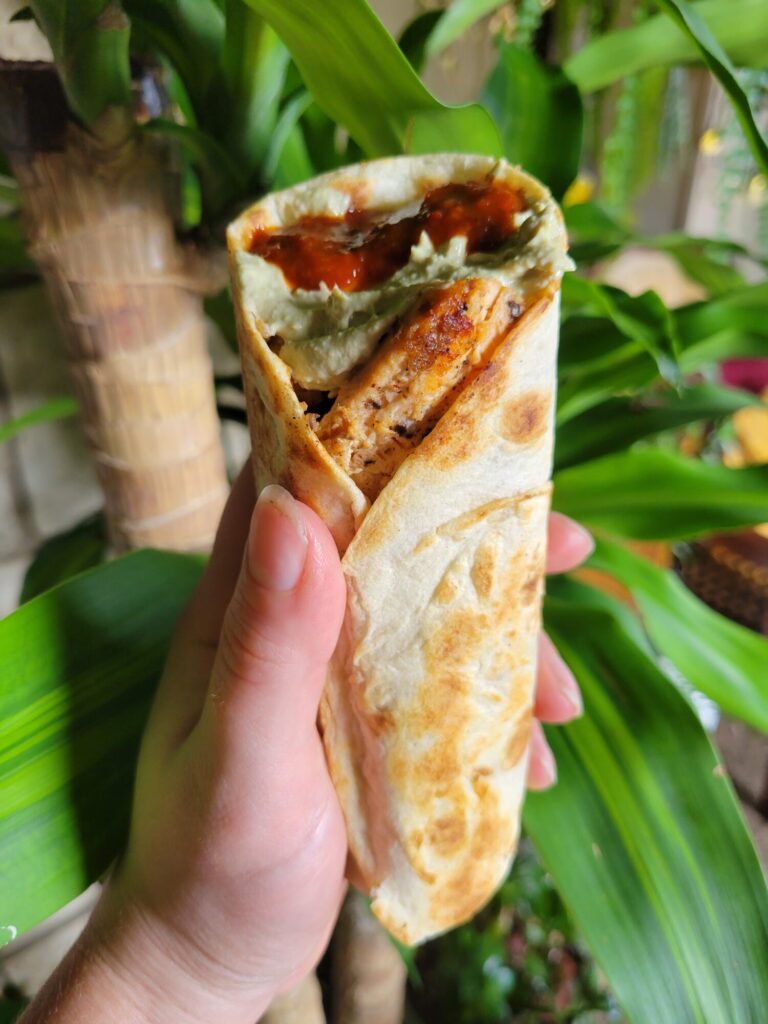
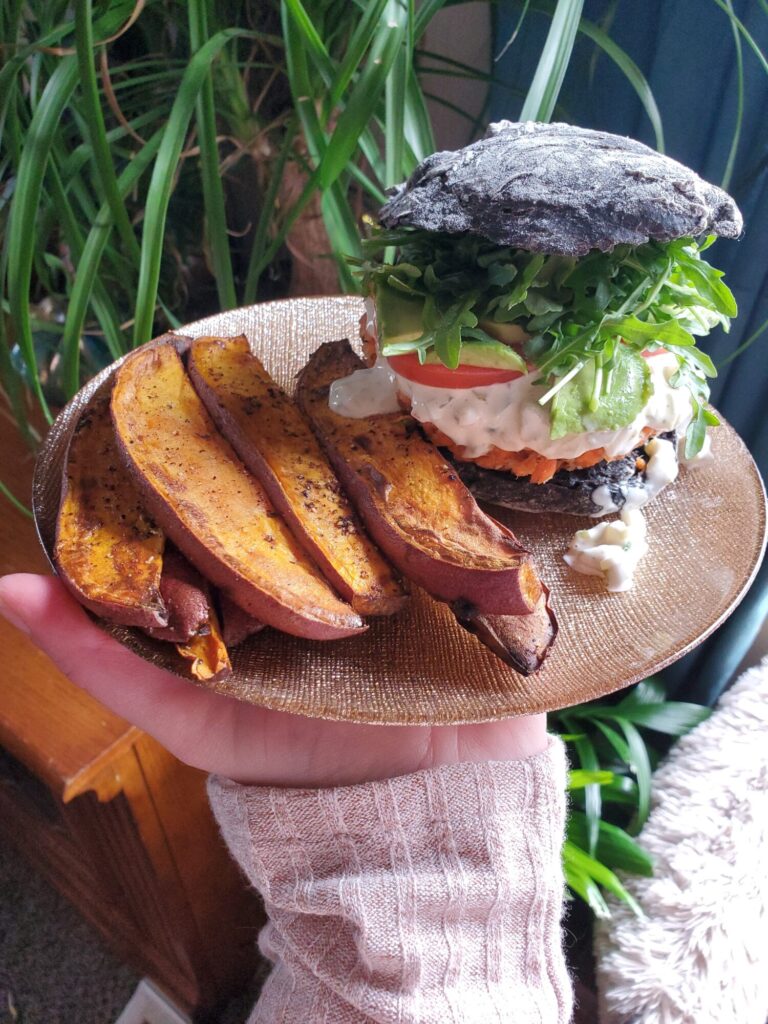
There are No Exact Measurements for Baked Salmon
It means that I'm specifically not giving measurements in this recipe! I buy salmon when it looks good/is a good price, season with just enough to lightly coat, and bake just until done.
Whether that's a 4 ounce fillet or a 16 ounce fillet, I don't measure a thing! The basics still apply. Merely lightly drizzle the salmon with with olive oil, season with salt and pepper, slice lemons across the top, and bake at 450 degrees Fahrenheit until you spear it with a fork and the salmon flakes off.
You just need enough olive oil to coat and keep the salmon from drying out while cooking. Just enough salt and pepper to lightly season and bring out the flavor without overpowering it. And lemons to keep the outside from cooking too quickly without the inside of the salmon reaching the proper temperature.
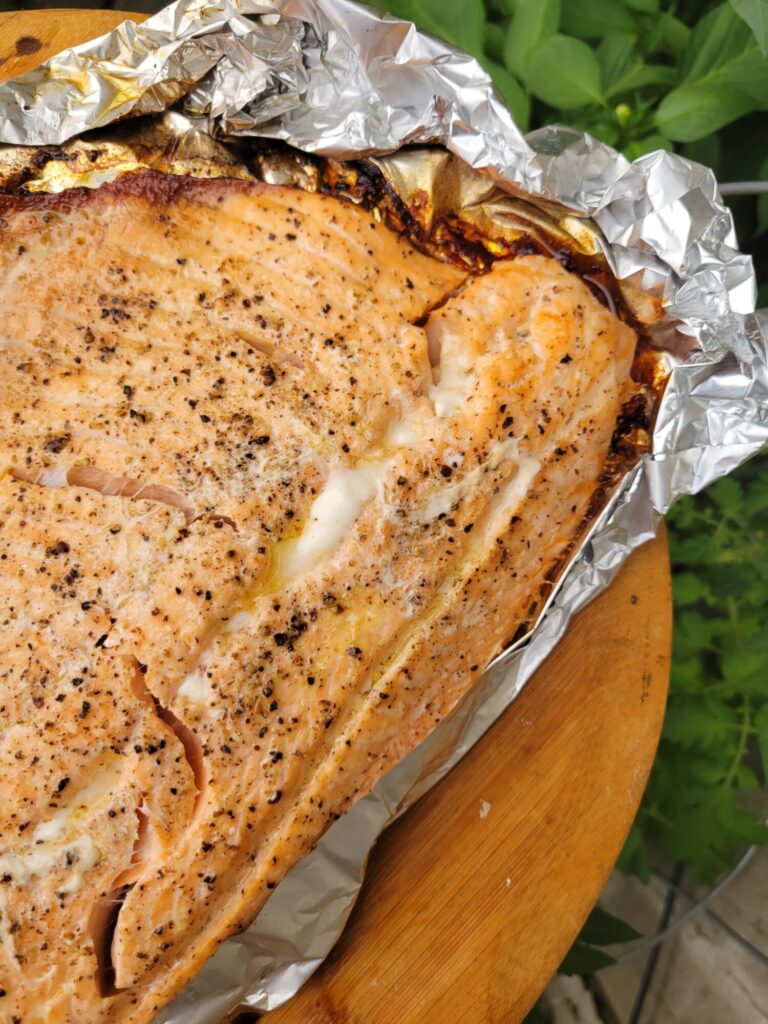
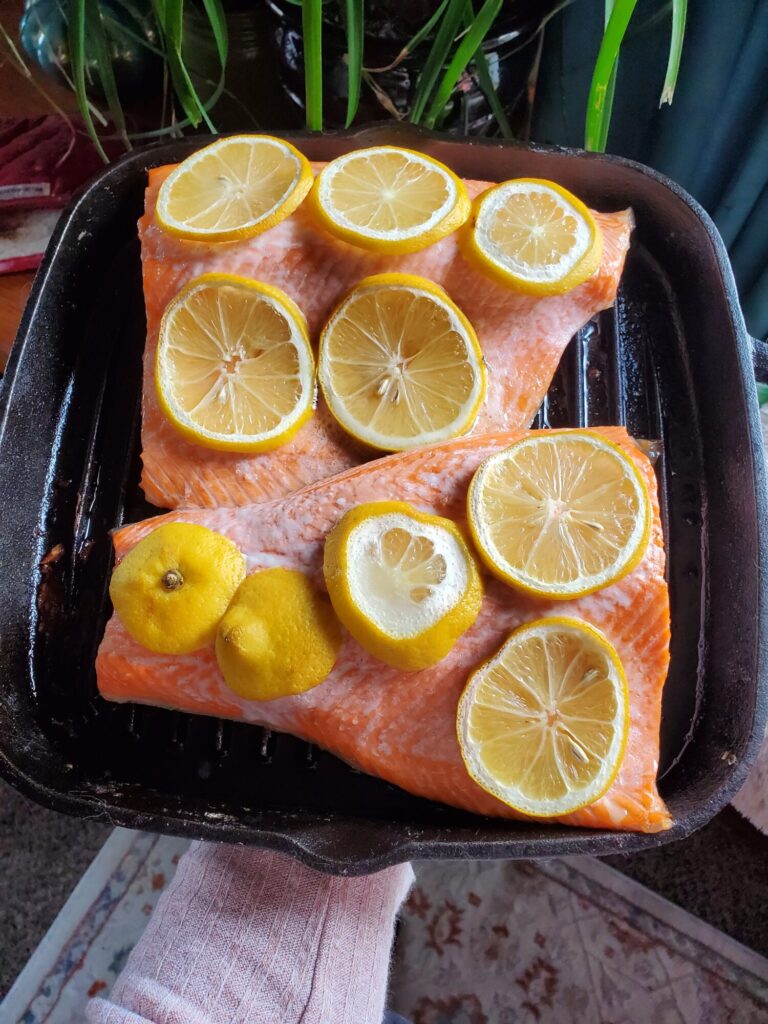
Do You Need Foil?
You don't need to wrap the salmon in foil. A lot of recipes will call for aluminum foil. This will keep the edges from over baking while the center remains raw. But this isn't necessary.
If you cook with lemon, the lemon creates a barrier on top to keep the outside from being exposed to too much heat, while the inside doesn't keep up to the same cooking time. It's the same basic principle of covering the edges of pies to keep the crust from burning.
If you don't want to cook with lemon, foil is an alternative. I don't prefer it because you have to keep unwrapping the foil to check for doneness and it can impart a slight metallic taste. But plenty of people cook this way!
You can also substitute other things to top the salmon to create the same effect. You can mix things up with any number of things, including orange slices, capers, or herb rubs.
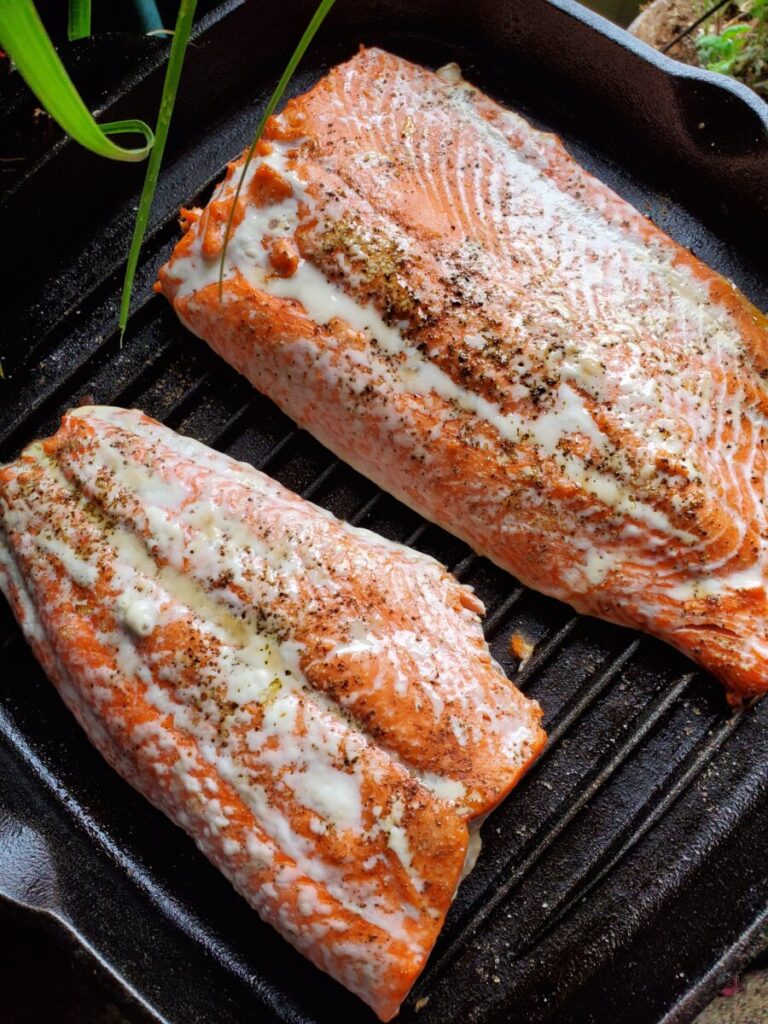
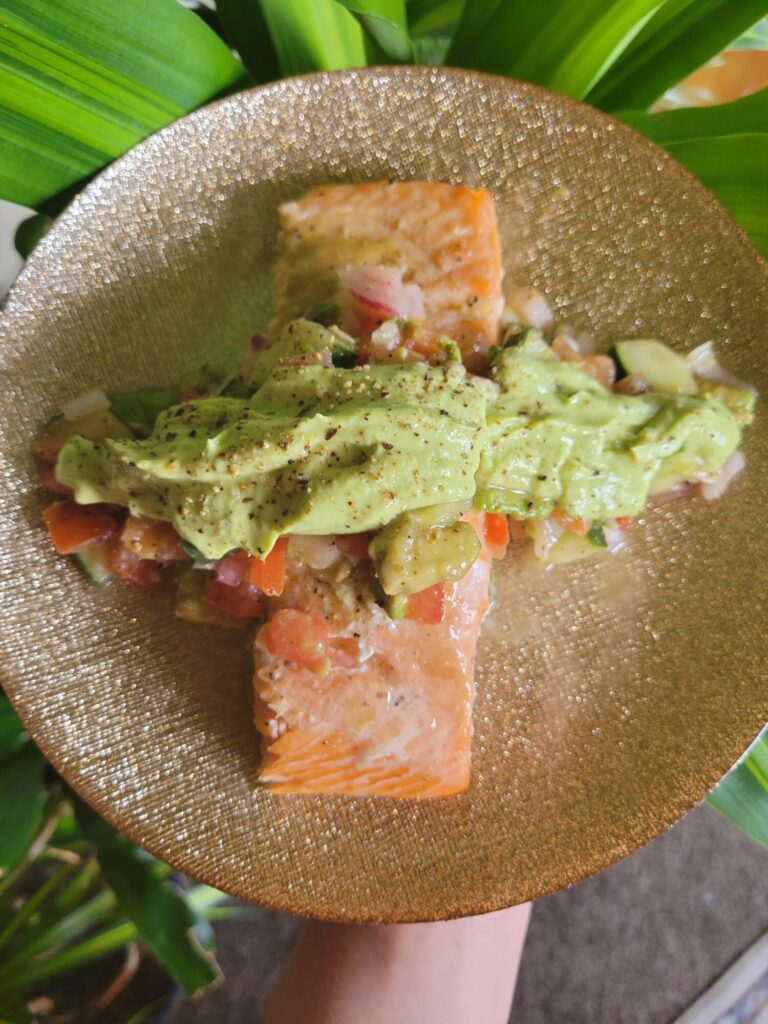
To Eat or Not to Eat the Salmon Skin?
Salmon skin is edible. I tend not to mind fish skin too much. It's helpful to cook the salmon skin side down to keep the salmon from sticking to the baking dish or overcooking on the bottom. It isn't a firmer seafood, like swordfish, where you want the sear lines. And I would never intentionally buy a salmon fillet without the skin still on.
We don't tend to eat a lot of fish in the United States, though. So this isn't necessarily the most palatable! In Europe they tend to eat far more fish skin than we do here. And while I can get on board with eating some fish skin? After a week of fish and chips in London, I needed something else on the menu!! The fish skin is a little tougher and not something that we're used to enough to eat it all of the time.
So, whether to eat the skin or not is entirely up to you. After it's cooked, the skin easily slides off. Otherwise, just use a sharp knife to cut the salmon or the skin will likely come off, anyway. If you're flaking salmon into a salad or something, I wouldn't bother trying to keep it on.
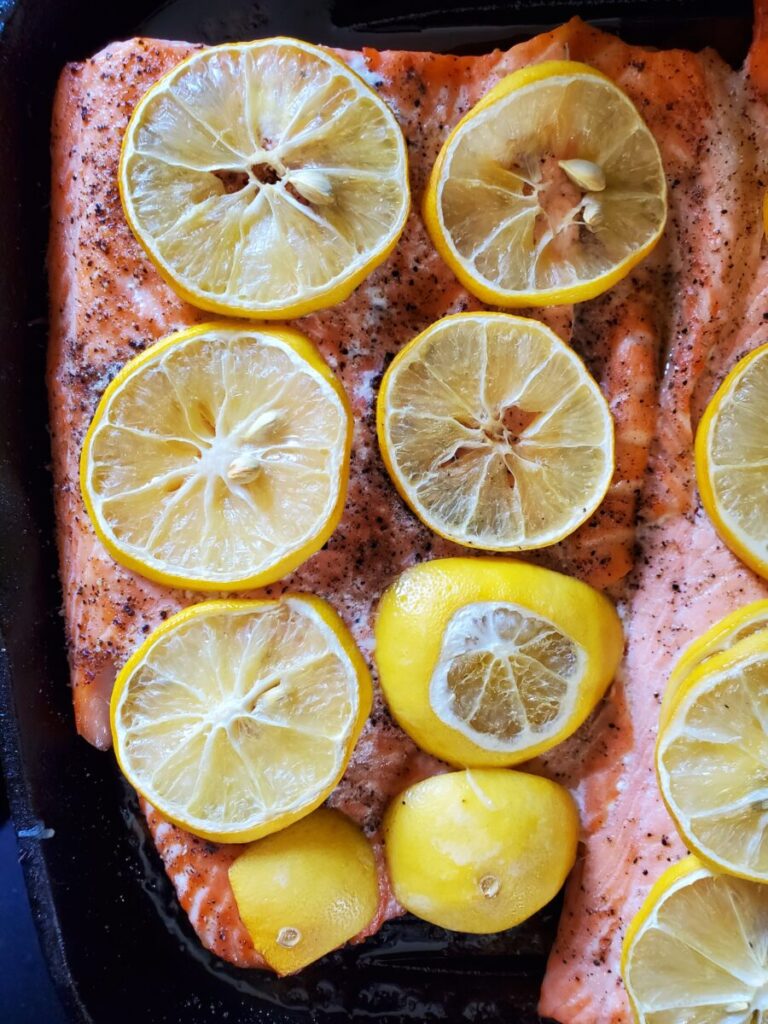
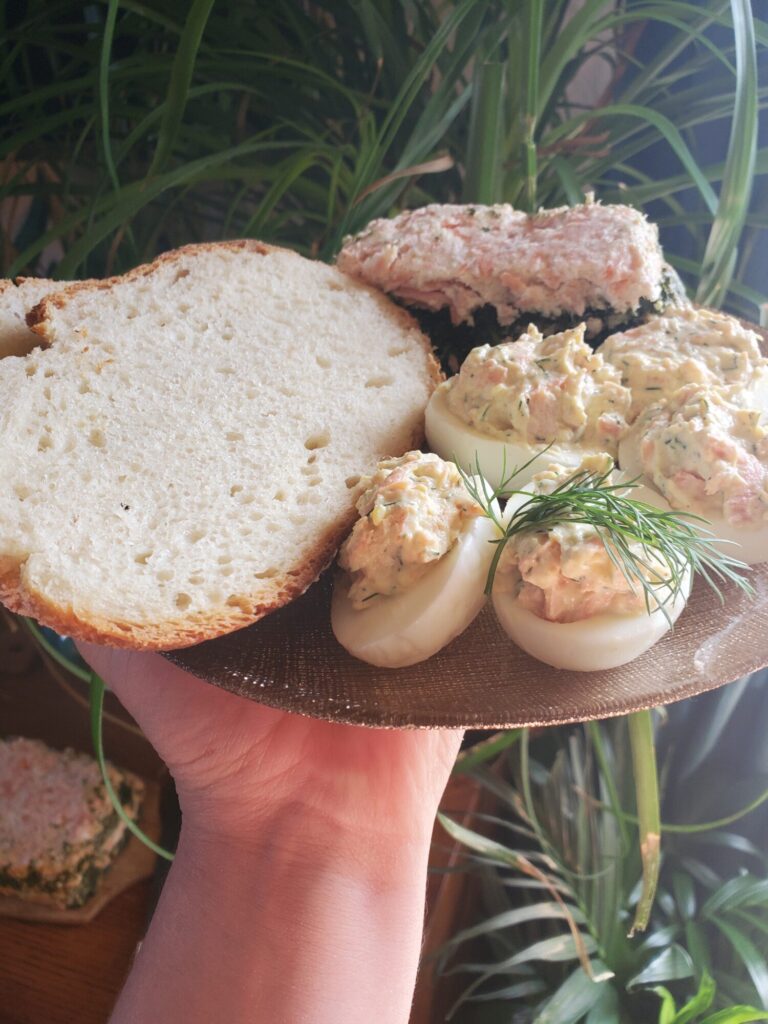
How to Season Baked Salmon
My go-to is to bake salmon with lemon. A little infusion of the lemon gives the fish a brighter, summery flavor. Although salmon tends to be available all year, wild fishing season is from late spring to early fall. So, I tend to associate salmon with summer and a colorful and delectable addition to the season!
But lemon is hardly the only way to flavor salmon. You can also vary the seasoning depending on the dish. You can add a great number of flavor profiles to suit you.
Salmon holds up fairly well to seasoning. Some lighter seafood doesn't hold up well and gets lost in seasoning. I tend to pair it with a lot of subtler flavors, like dill, garlic, and shallots. But salmon works with more robust flavors like soy sauce, maple syrup, and hot peppers as well.
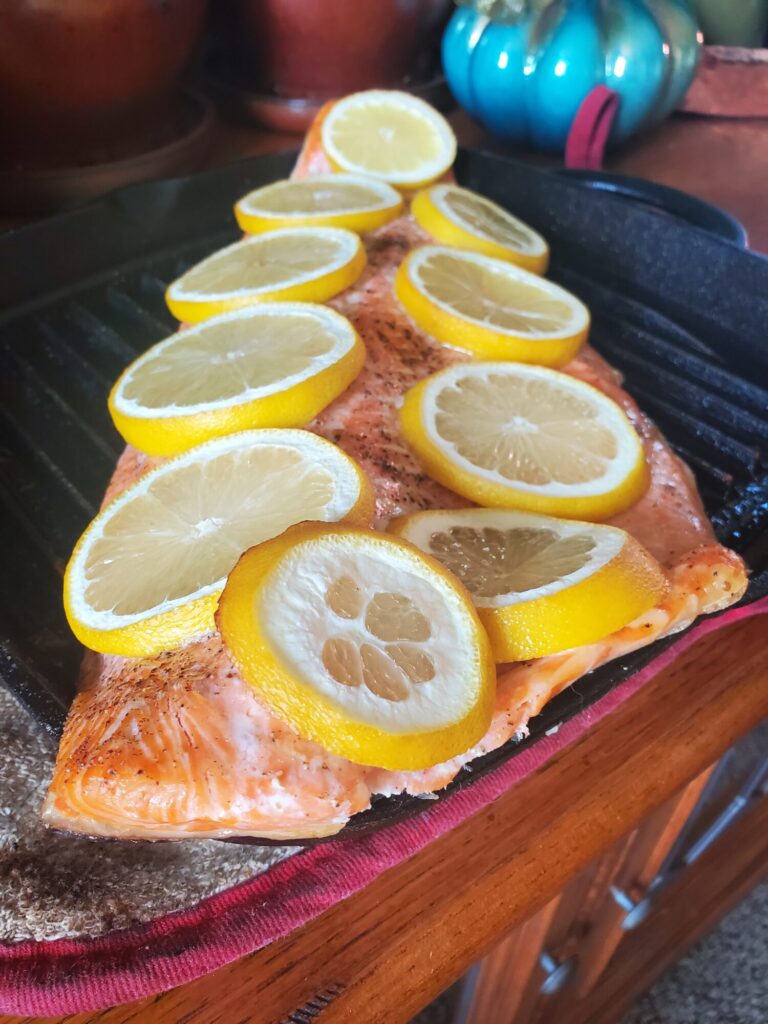
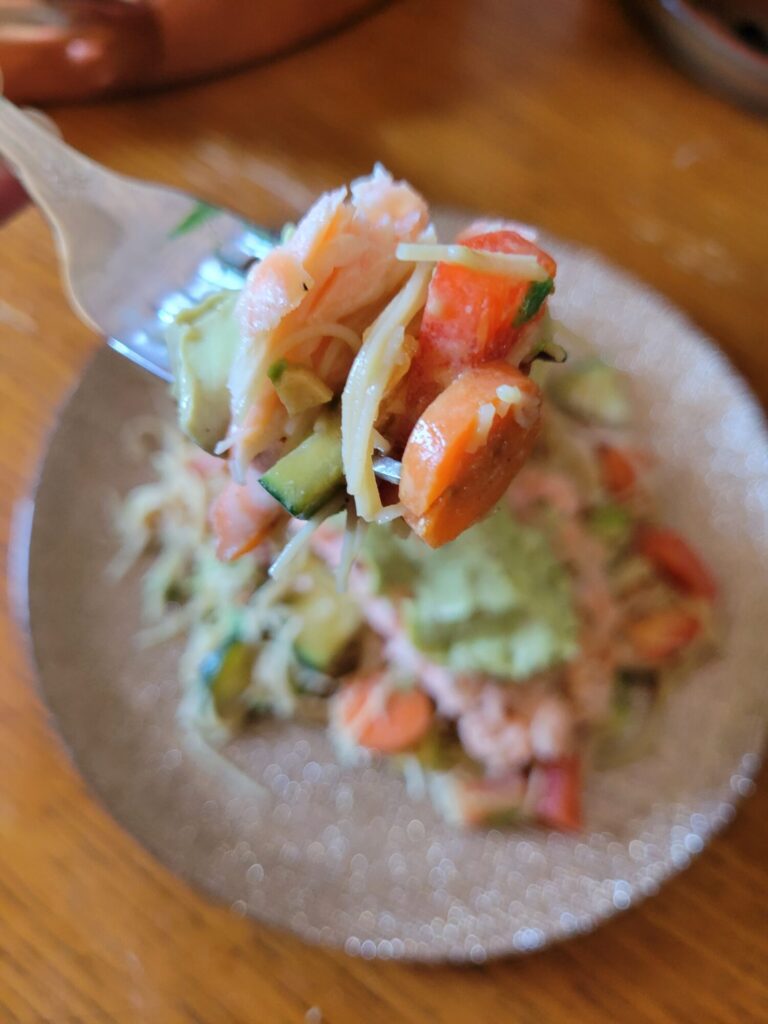
Is Undercooked Salmon Safe to Eat?
If you have any question about whether your salmon is cooked, official recommendations are to cook until an internal temperature of 145 degrees Fahrenheit.
A lot of salmon is eaten raw and it can be easy to cavalierly say that it's probably fine. I'm likely guilty of doing this myself at times! But sushi and sashimi is prepared with this intent. Not all seafood that you get in typical grocery stores is necessarily held to strict enough regulations to eat raw.
When you're going for a baked salmon dish, raw or undercooked salmon, even if it is fine to eat, is texturally unpleasant. Baked salmon should be light and flaky. Under or over cooked, it's dense and chewy. It's far better to learn what to look for when perfectly baking salmon.
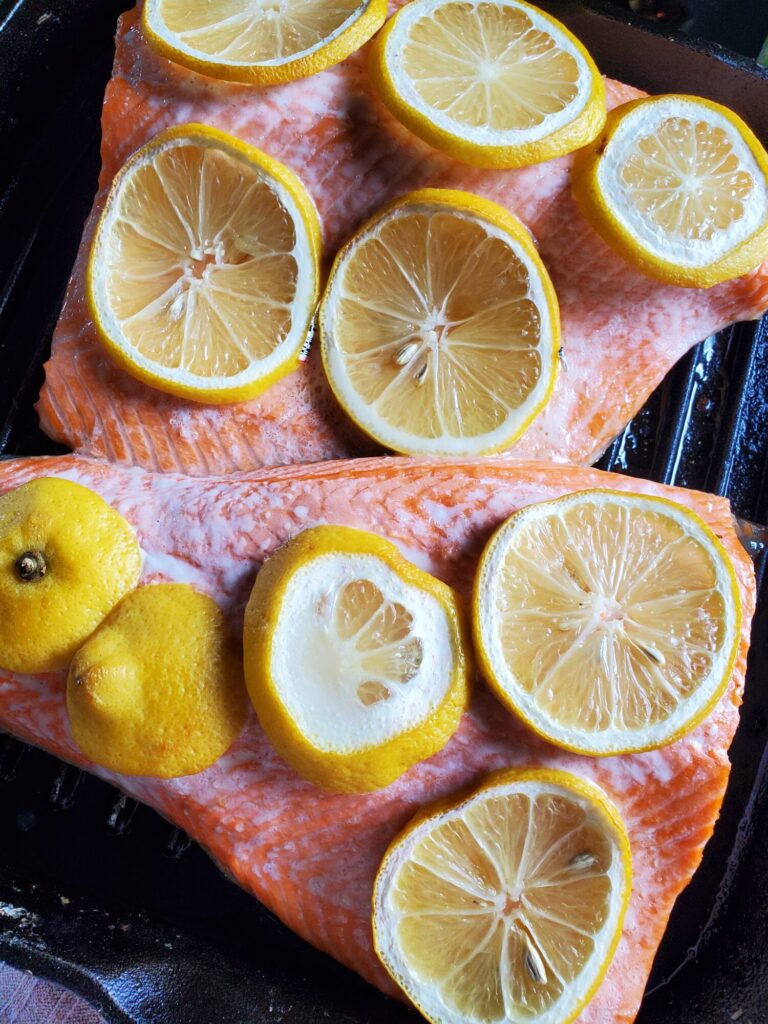
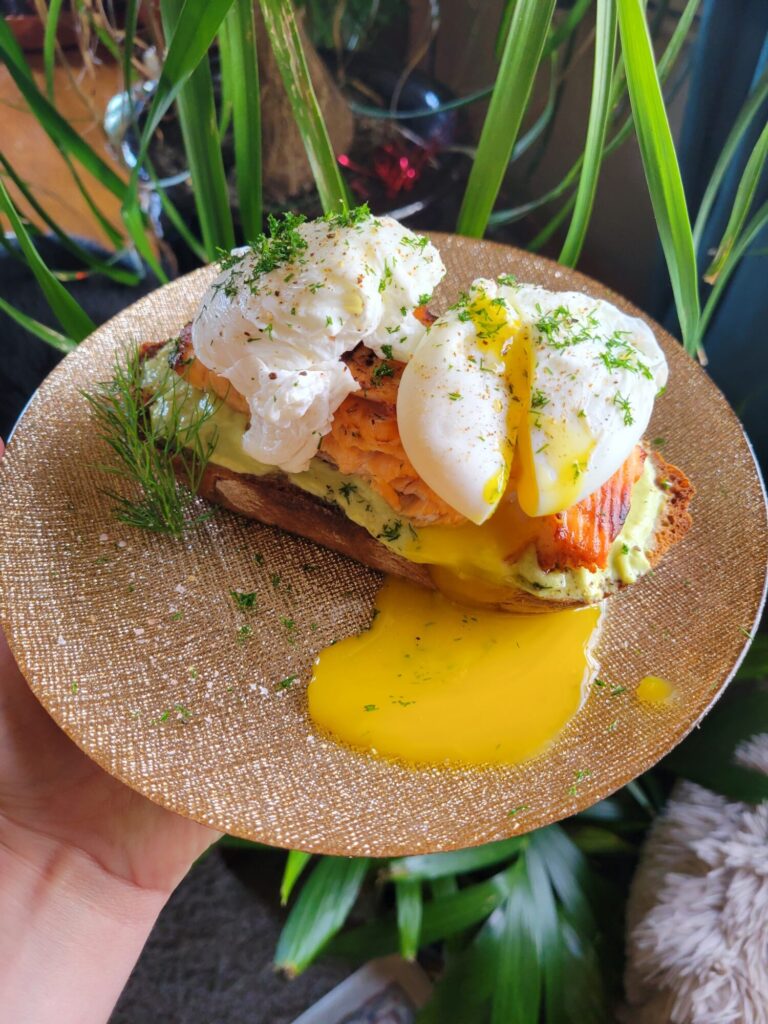
How Do You Know When Baked Salmon is Cooked?
People always talk about cooking salmon until it flakes. If you've never cooked a salmon before or are new to the endeavor, this means absolutely nothing!
This is arguably the trickiest part of making salmon. Lightly coat with olive oil? That's doable. Even overcoating it with olive oil will be fine. It will run off of the salmon, anyway. Sprinkle it with salt and pepper? Lightly seasoning is something to eyeball. If you under do it, just add more later on. Cover with lemons? Just coat the fillet. Even if this is entirely foreign territory, copy the images in the gallery below.
But cook until it flakes??
That is something that baffled me for ages. If you spear salmon with enough gusto at any cooking stage, it will separate! So, at when does undercooked separation become perfectly baked flaking with a fork and not overcooked spearing again?
Unfortunately, it's one of those things where, when you know, you know. After cooking enough seafood, you start to get an eye for it and you stop ending up with entire corners missing as you stab them over and over again with a fork throughout the cooking process looking for the "flake" point.
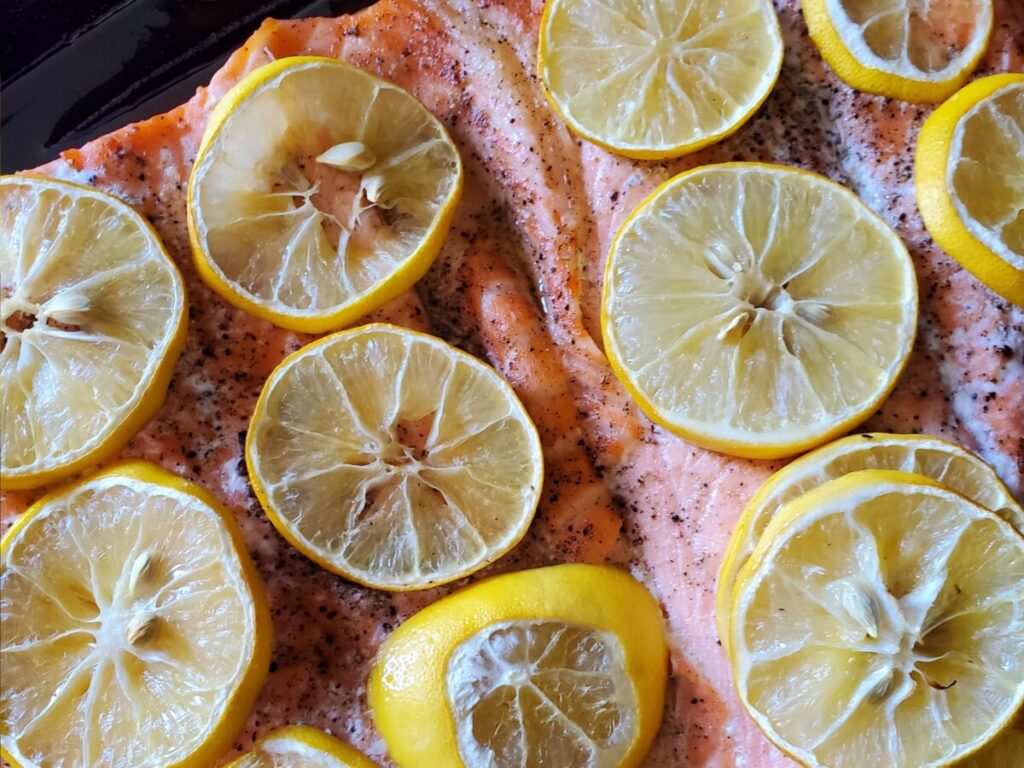
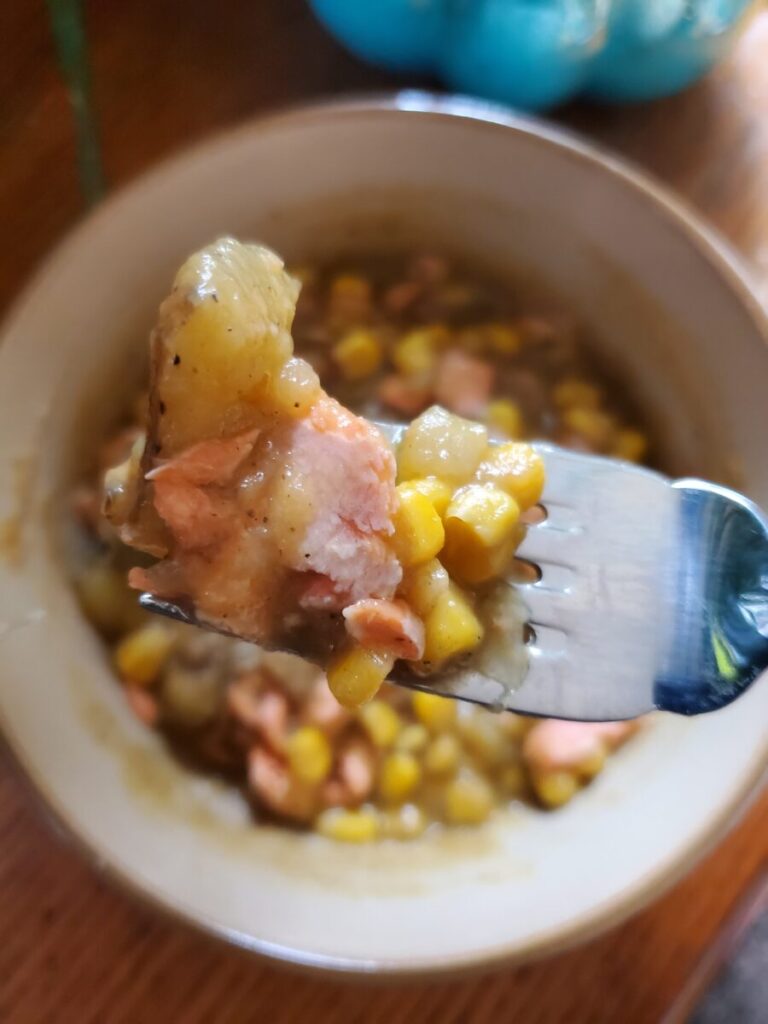
What Exactly Does it Mean for Salmon to "Flake?"
The salmon flakes when you press it with a fork and the pieces of salmon break apart at the fat lines (the little white strips that make up the lines of a salmon). This should easily come apart and even break into multiple smaller pieces.
There are other hints that you can look for for when the salmon is cooked properly. The fat lines, particularly when paired with lemon, will become more pronounced as the salmon cooks. This will give the entire fillet a lighter, white-ish hue when it's done. The dark red color will soften to a lighter, pinkier hue. While the center of the salmon should retain some of that mid-pink hue.
Overall, you want to avoid that dark pink hue that salmon starts out as. If you overcook the edges, though, they will darken again. So it's better to trust the cook of the center of the salmon than just the thinner parts on the end. Which will cook faster than the rest of the fillet, particularly on larger cuts.
Gallery
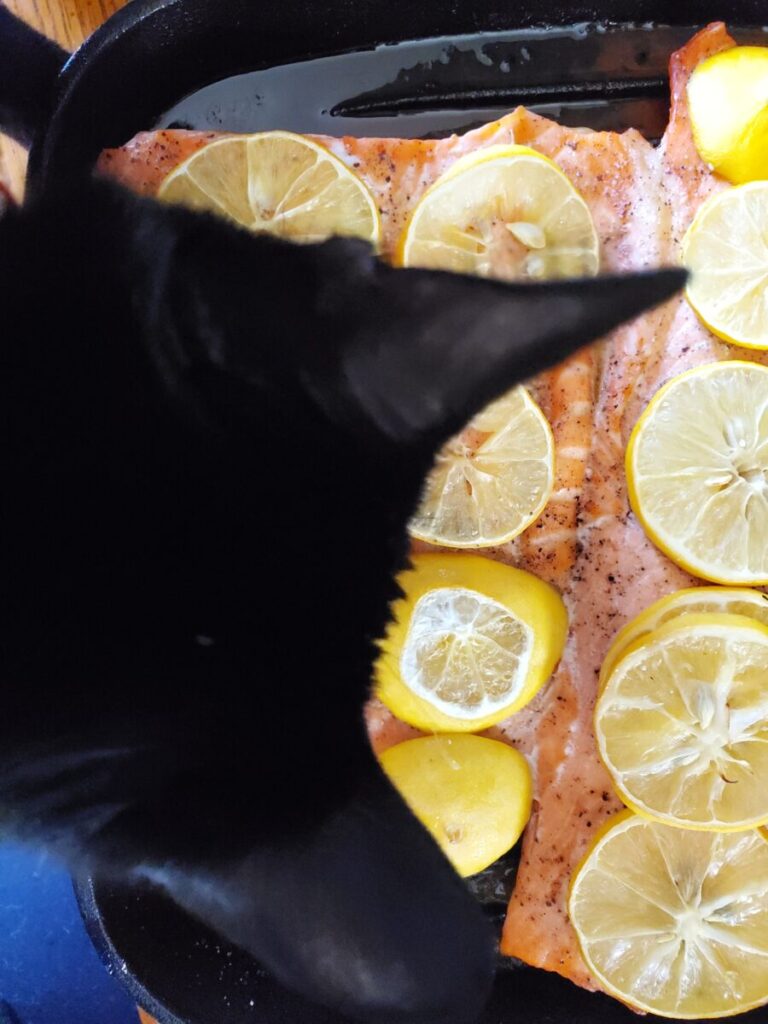
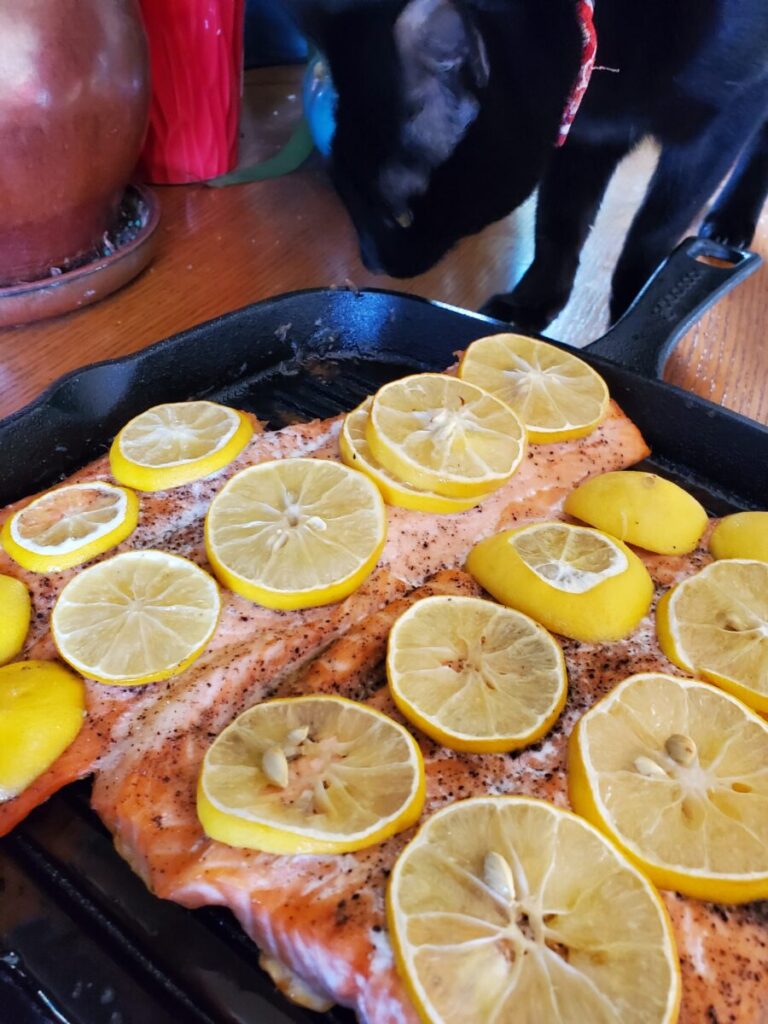

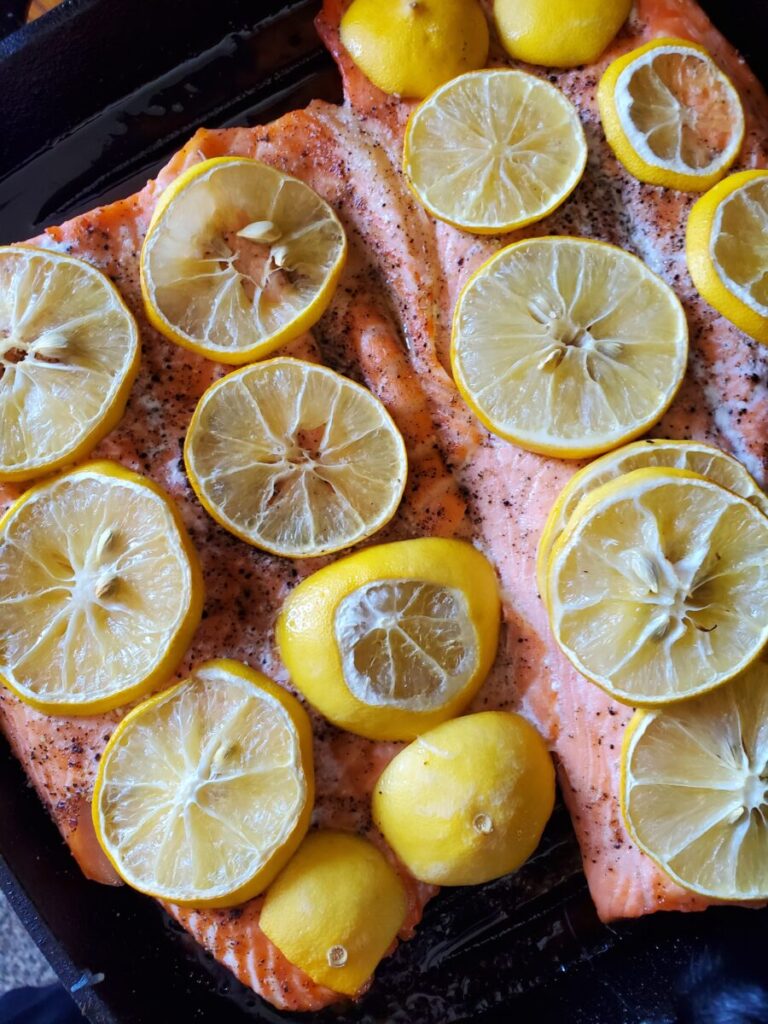
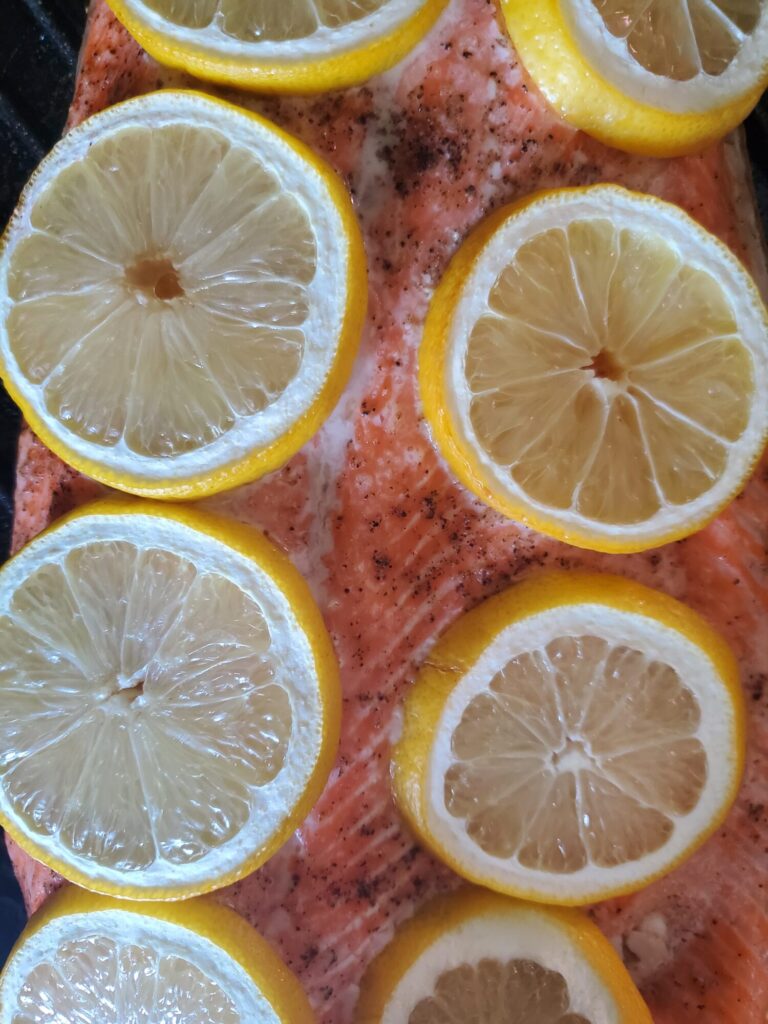
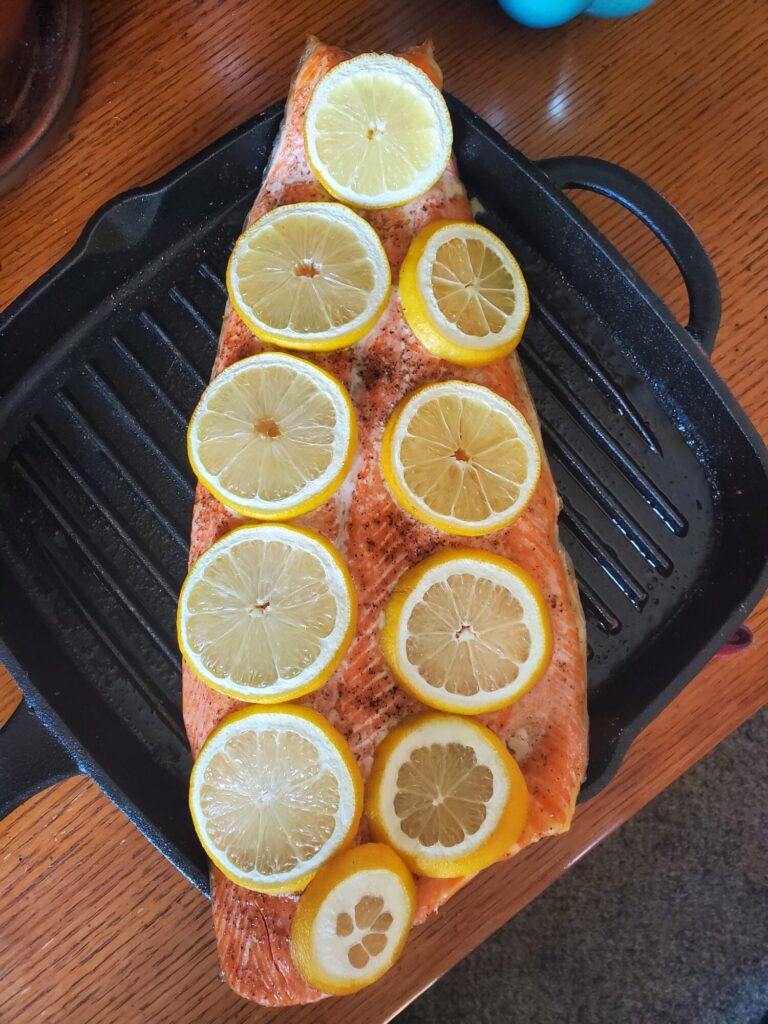
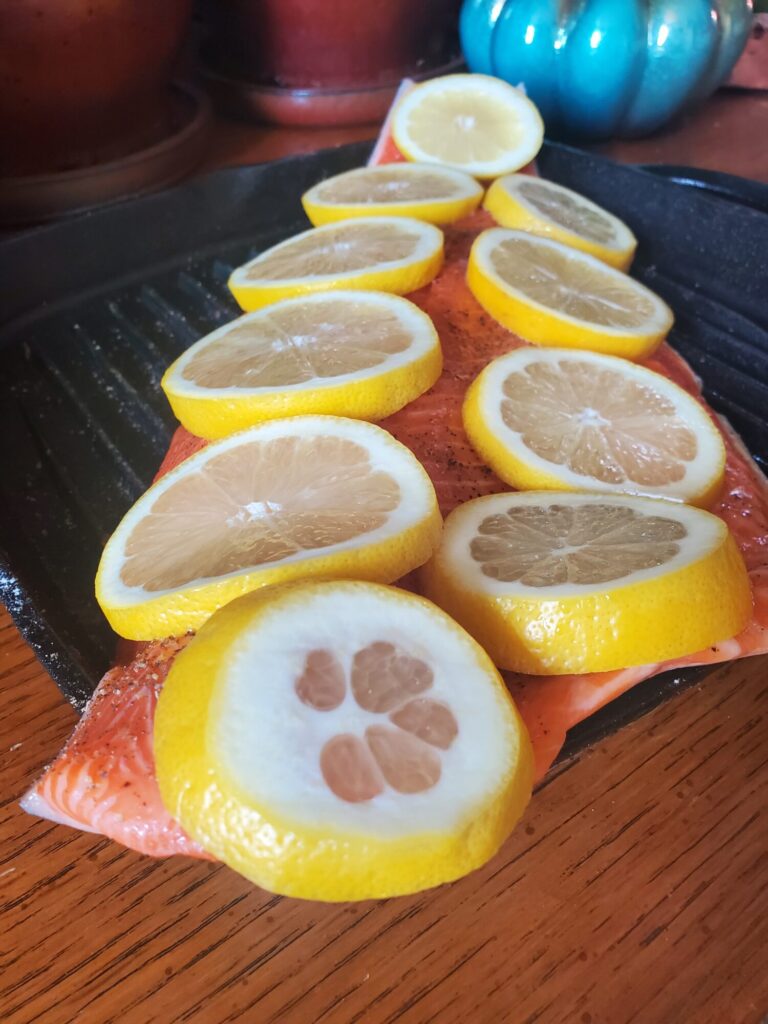

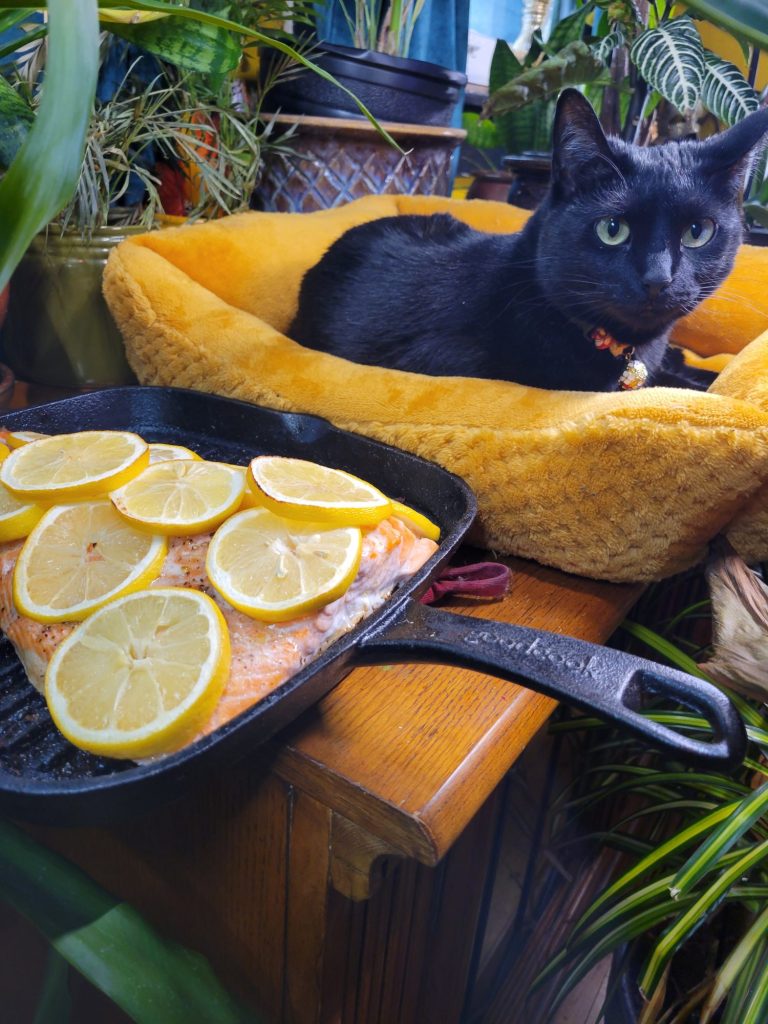
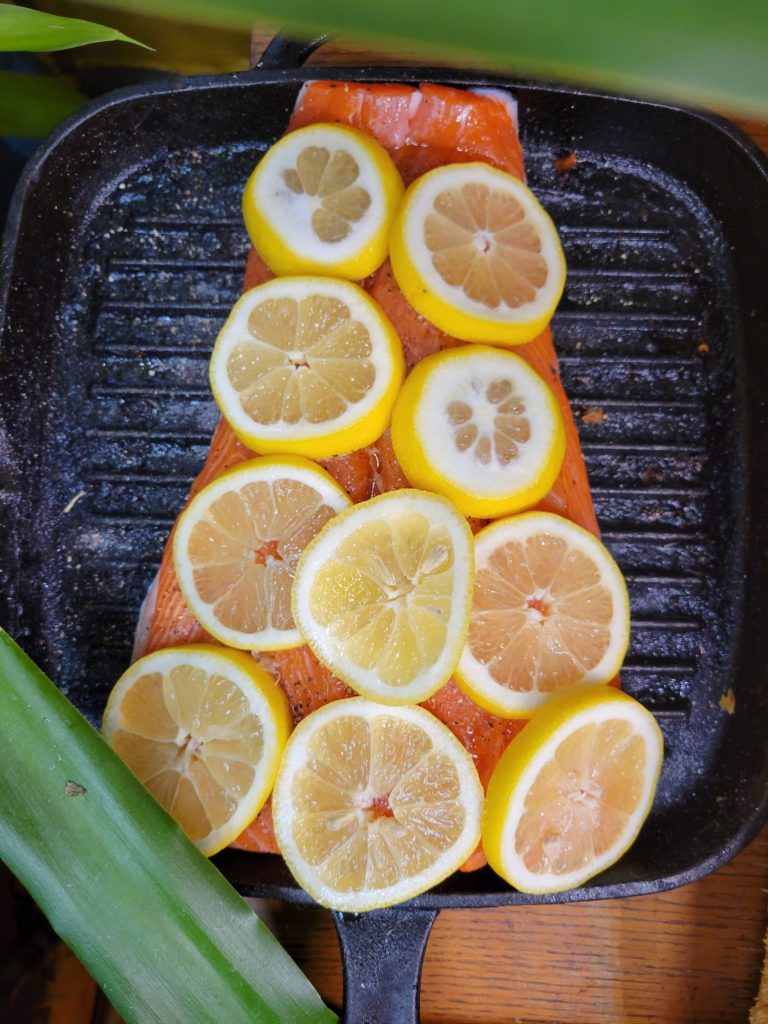
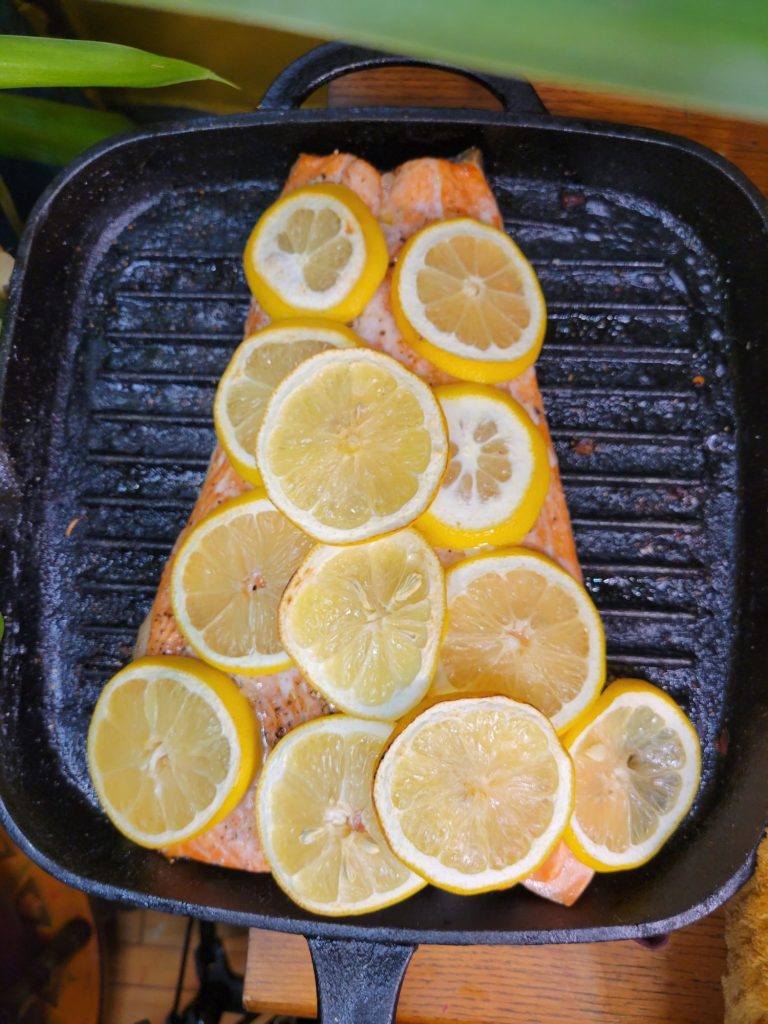
Can cats eat lemons? Absolutely not. Make sure to keep your feline friends away from citrus! I will usually also get them some non-lemoned salmon. So, don't worry. They are getting a treat sans lemons. Which is why they ordinarily look at me like, "But where is MINE?"
What to Make w/ Oven Baked Salmon
There are plenty of things to make with salmon, from salads to quiche and on toast. It's one of those foods that I'll pretty much toss into everything! Salmon has a very mild flavor compared to other forms of seafood. So, it pairs incredibly well with a wide variety of dishes.
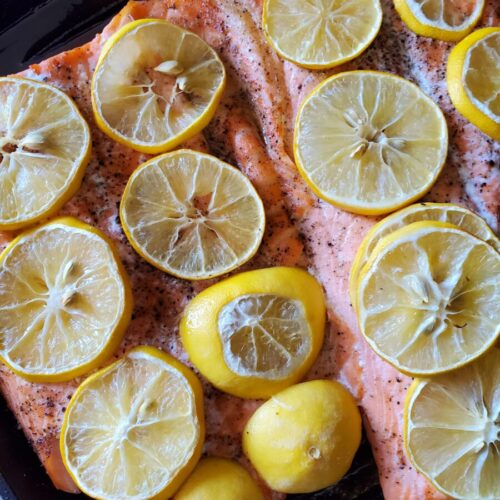
The Fundamentals of Oven Baked Salmon
Equipment
- Oven
- Cast Iron Griddle or Baking Sheet
Ingredients
- fillet salmon
- dollop olive oil
- dash salt
- dash pepper
- lemons sliced
Instructions
- Preheat oven to 450 degrees Fahrenheit.
- Meanwhile, let the salmon rest until it reaches room temperature.I usually let it sit while the oven preheats. However, for particularly large fillet's, you may need to remove the salmon from the oven before you preheat it.
- Place salmon, skin side down, on a baking sheet.I use a pretty well seasoned cast iron griddle, so I don't add any oil beforehand. If you're using an actual baking sheet, though, you're probably going to want to oil the pan to keep the salmon from sticking.
- Lightly drizzle with olive oil and sprinkle with salt and pepper. Top with sliced lemons.
- Bake for about 8-10 minutes for smaller salmon fillets and about 15-20 minutes for larger ones. The salmon should flake easily with a fork.The general rule of thumb is to bake for 4-6 minutes per half inch of salmon. Although I've never gotten out a ruler and measured the thickness of fish! Nor do I find this the most helpful way to cook seafood. No two fillets, even of the same size, are going to cook in exactly the same amount of time. It's better to look for the color changing to a lighter pink hue and it flakes with a fork.
- Let rest for 5-10 minutes. Serve warm or let cool completely and serve at room temperature. Salmon is equally delicious out of the oven or later on.
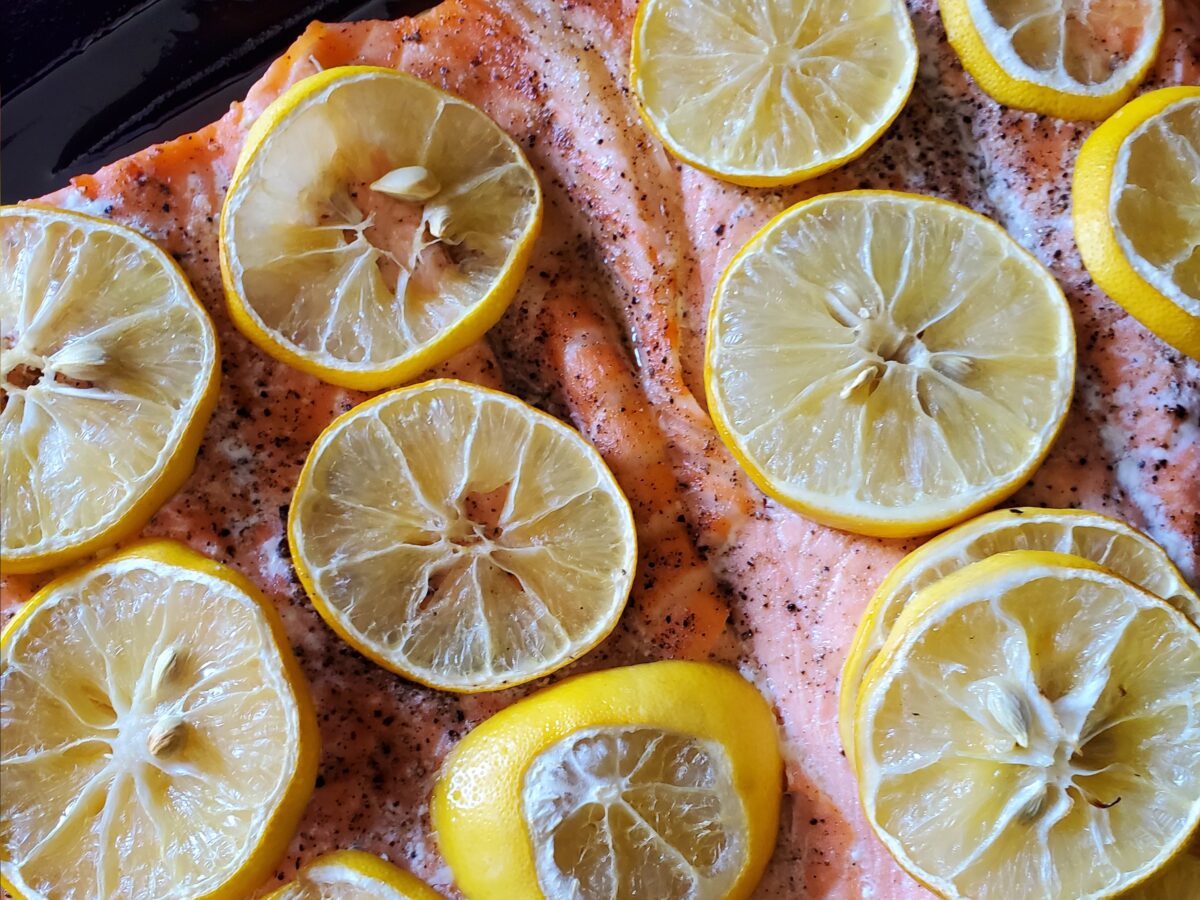
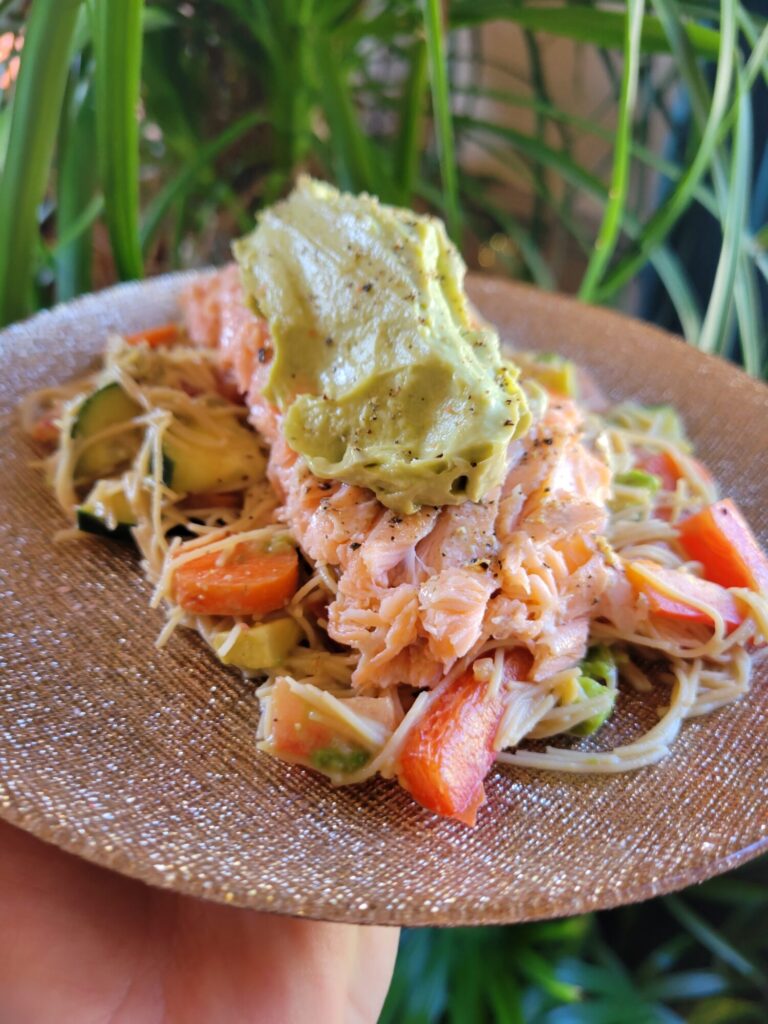

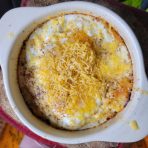
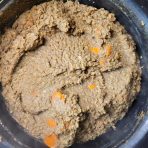
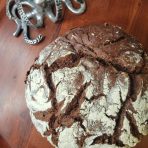
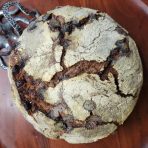
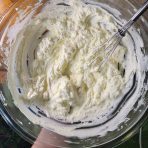
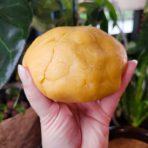
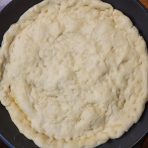
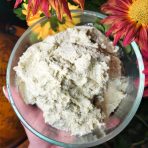
Leave a Reply